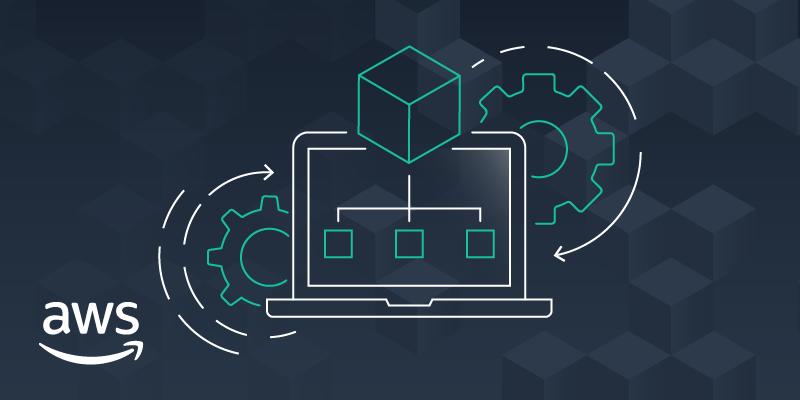AWS Service Quotas: A Comprehensive Guide with Hands-On Example
 Sumit Mondal
Sumit Mondal
Amazon Web Services (AWS) is a cloud computing platform that offers a broad set of services, ranging from computing power to storage to machine learning. With the extensive array of services and resources provided by AWS, it’s essential to have limits in place to ensure resources are managed efficiently. These limits are known as service quotas. In this blog, we will delve into AWS service quotas, their importance, and provide a hands-on example to help you manage these quotas effectively.
Understanding AWS Service Quotas
AWS service quotas, formerly known as limits, are the maximum number of resources you can create in your AWS account. Each AWS service has its own set of quotas, which can include limits on the number of resources, such as the number of EC2 instances, the amount of storage, or the rate of API requests. These quotas help to prevent overuse of resources, manage costs, and ensure that AWS can provide stable and reliable service to all customers.
Types of Service Quotas
Account-specific Quotas: These apply to a specific AWS account and can vary by account type (e.g., personal vs. enterprise accounts).
Region-specific Quotas: These quotas are specific to AWS regions. For instance, the number of VPCs you can create might differ from one region to another.
Service-specific Quotas: Each AWS service has its own set of quotas. For example, Amazon S3 has limits on the number of buckets you can create, while Amazon RDS has limits on the number of databases you can run.
Why Service Quotas are Important
Resource Management: Quotas help manage and allocate resources efficiently, preventing the overconsumption of resources.
Cost Control: By limiting the number of resources, quotas help control costs and prevent unexpected expenses.
Operational Stability: Quotas ensure that no single user or application can consume all resources, maintaining overall system stability.
Managing Service Quotas
AWS provides several tools to manage and monitor service quotas:
AWS Management Console: A graphical interface to view and manage quotas.
AWS CLI: Command-line interface to check and manage quotas.
AWS SDKs: Software development kits that allow you to manage quotas programmatically.
AWS Service Quotas Console: A dedicated console to view and request quota increases.
Hands-On Example: Requesting a Quota Increase
Let’s walk through a hands-on example of how to request a service quota increase using the AWS Management Console.
Step 1: Access the Service Quotas Console
Log in to your AWS Management Console.
Navigate to the Service Quotas dashboard by typing “Service Quotas” in the search bar and selecting it.
Step 2: Choose a Service
- In the Service Quotas dashboard, you will see a list of AWS services. Select the service for which you need to increase a quota. For this example, let’s choose Amazon EC2.
Step 3: Select the Quota
Within the selected service, you will see various quotas listed. Let’s say we want to increase the number of on-demand EC2 instances.
Click on the specific quota you wish to increase. For example, “Running On-Demand Standard (A, C, D, H, I, M, R, T, Z) instances”.
Step 4: Request Quota Increase
Click the “Request quota increase” button.
Fill in the necessary details in the request form, specifying the new quota value you need.
Add any relevant details or justifications for the increase to help the AWS support team understand your requirements.
Step 5: Submit the Request
After filling out the form, click the “Submit” button.
AWS will review your request and notify you once the quota has been increased. The response time may vary depending on the nature of the request and the current AWS service usage.
Monitoring Quotas
You can also set up CloudWatch alarms to monitor service quotas and receive notifications when you approach the limit. This proactive approach helps prevent disruptions in your services.
Conclusion
AWS service quotas are a fundamental aspect of managing resources in the cloud. Understanding and effectively managing these quotas ensures that your applications run smoothly, costs are controlled, and resources are used efficiently. By following the steps outlined in this blog, you can easily manage and request increases to your service quotas, ensuring that your AWS environment remains scalable and reliable.
Embrace the power of AWS service quotas and take control of your cloud infrastructure today!
Subscribe to my newsletter
Read articles from Sumit Mondal directly inside your inbox. Subscribe to the newsletter, and don't miss out.
Written by

Sumit Mondal
Sumit Mondal
Hello Hashnode Community! I'm Sumit Mondal, your friendly neighborhood DevOps Engineer on a mission to elevate the world of software development and operations! Join me on Hashnode, and let's code, deploy, and innovate our way to success! Together, we'll shape the future of DevOps one commit at a time. #DevOps #Automation #ContinuousDelivery #HashnodeHero